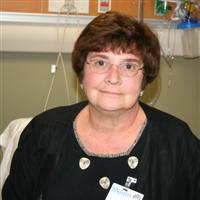Lyme Disease: Communication Is Key
 |
| North Adams Regional Hospital Director of Emergency Nursing Services Joyce Mickanin [Photo by Sue Bush] |
 |
| North Adams Regional Hospital Director of Emergency Nursing Services Joyce Mickanin [Photo by Sue Bush] |
| If you would like to contribute information on this article, contact us at info@iberkshires.com. |